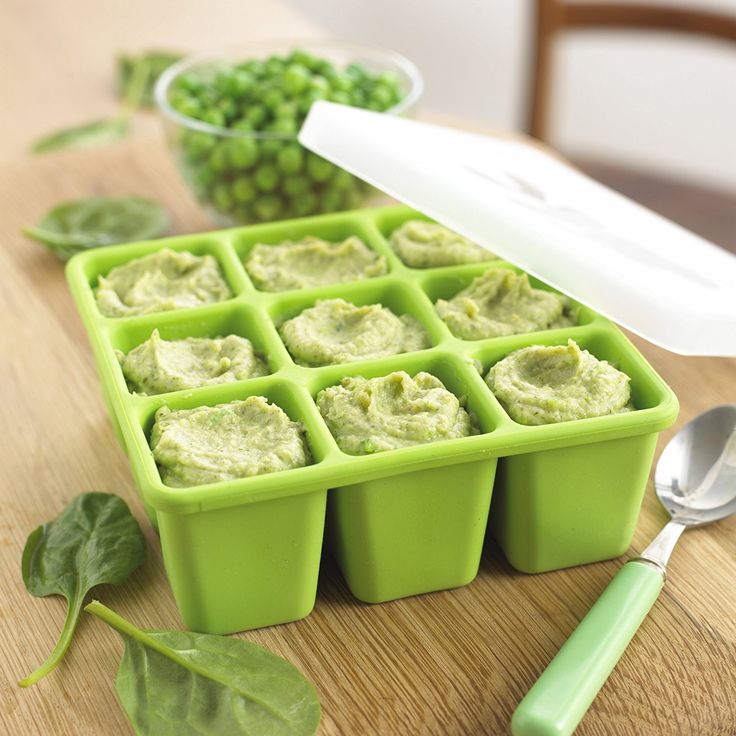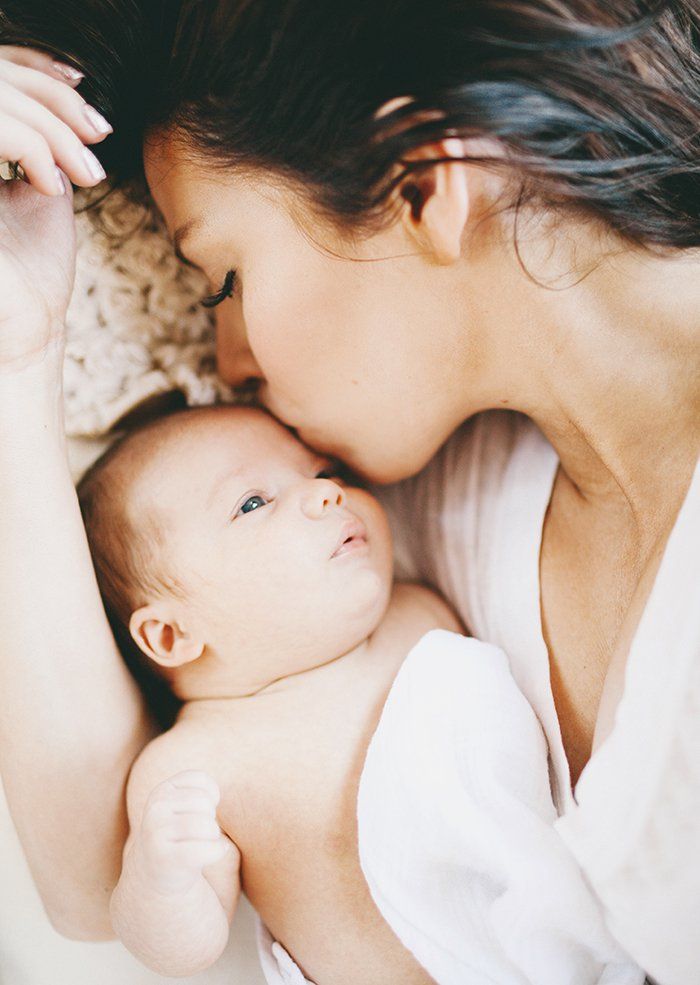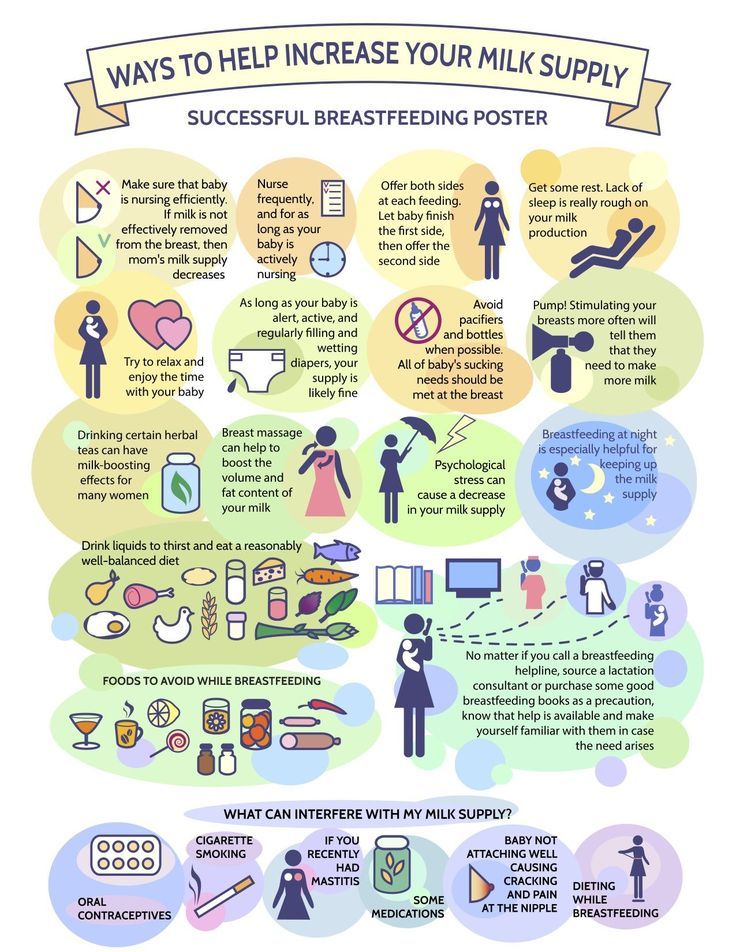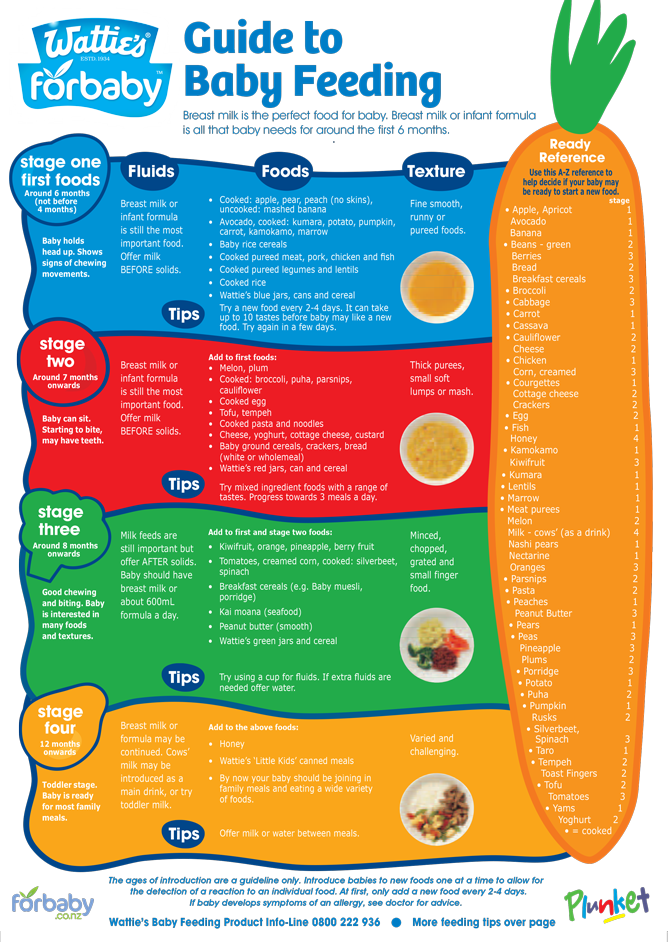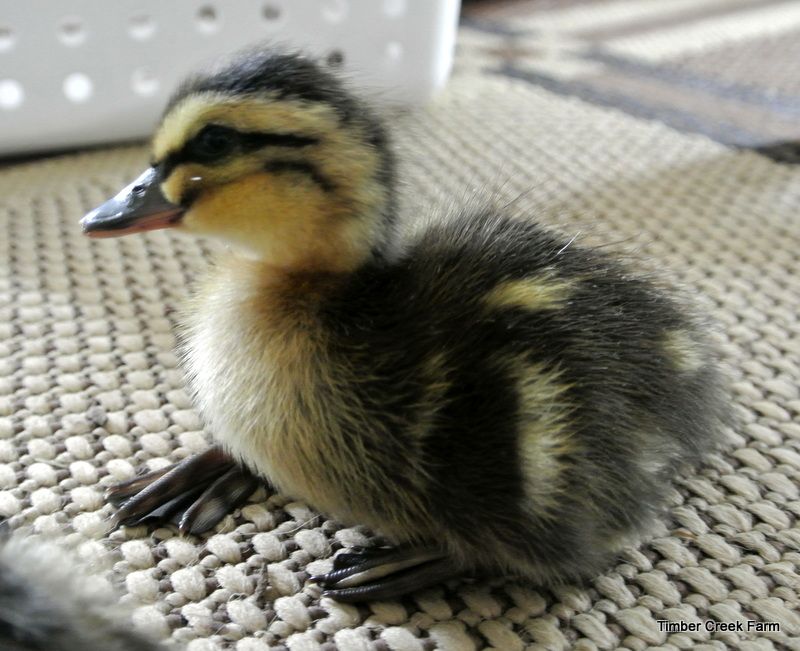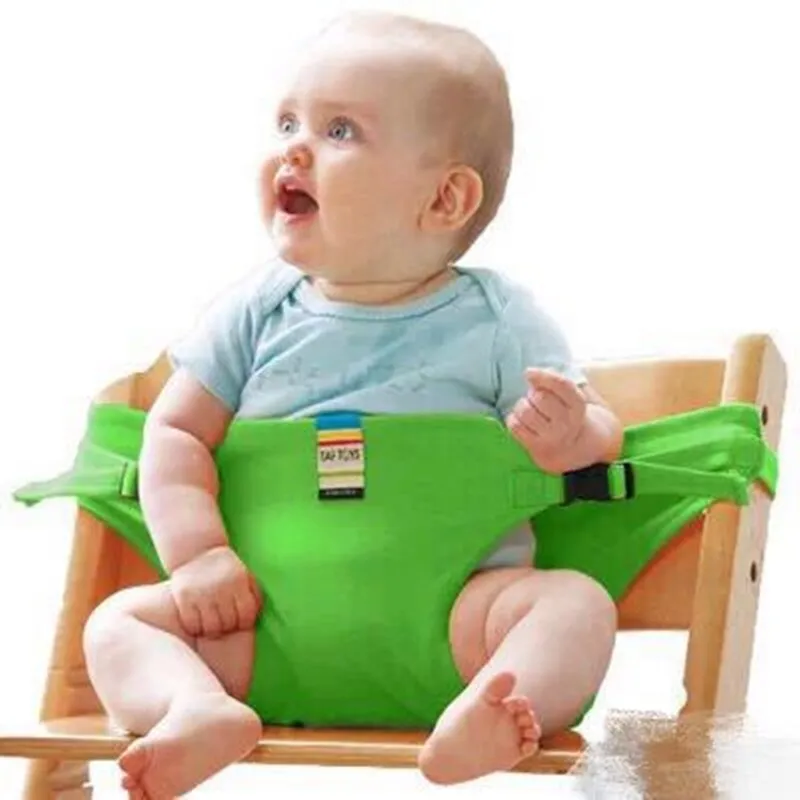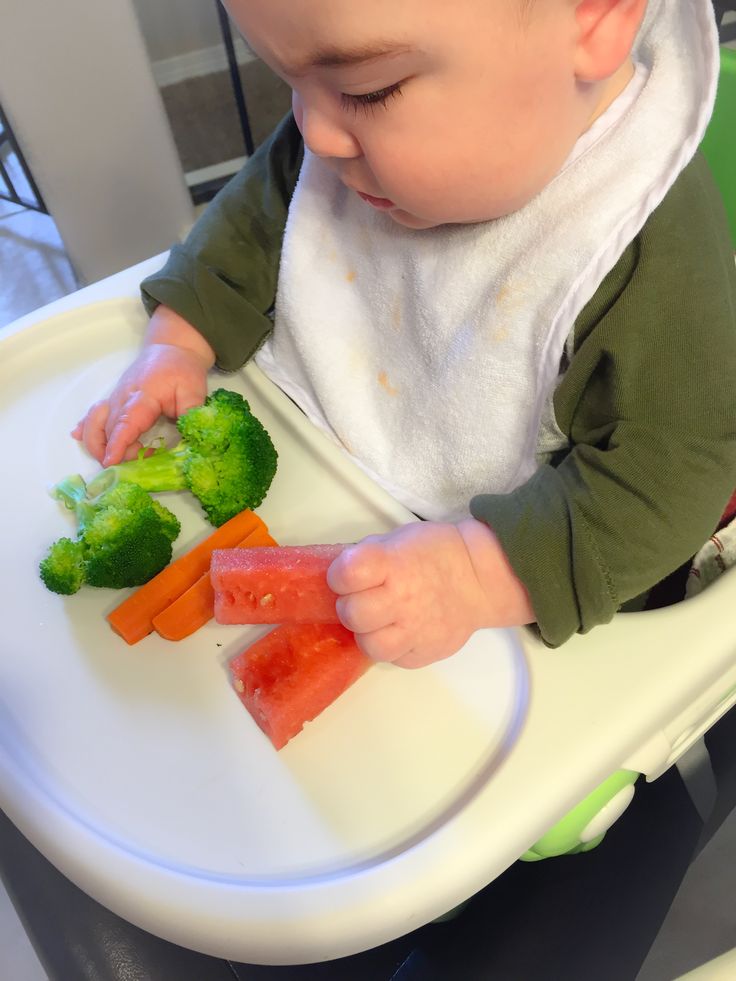Should you feed your baby after vomiting
How to Know Whether You Should
Your baby just threw up all the milk they’ve chugged down so far, and you’re wondering if it’s OK to continue feeding. How soon should you feed your baby after vomiting?
It’s a good question — just about every parent has likely pondered this. Spit-up is almost a rite of passage for babies (and parents). Baby vomiting is also common and can happen for many reasons. Most of the causes aren’t serious.
The short answer — because you may have a very fussy baby on your hands and want to get back to them ASAP — is yes, you can usually feed your baby after they vomit all over your favorite sweater, sofa throw, and rug.
Here’s just about everything you need to know about feeding your baby after vomiting.
Baby vomit and spit-up are two different things — and they can have different causes. Spitting up is common in babies under the age of 1 year. It typically happens after feeding. Spit-up is usually an easy flow of milk and saliva that dribbles from your baby’s mouth. It often happens with a burp.
Spit-up is normal in healthy babies. It can happen for several reasons. About half of all babies 3 months and under have a type of acid reflux called infant reflux.
Spit-up from infant reflux is especially bound to happen if your baby has a full stomach. Being careful not to overfeed a bottle-fed infant can help. Spitting up typically stops by the time your baby is a year old.
On the other hand, vomiting is typically a more forceful throwing-up of milk (or food, if your baby is old enough to eat solids). It happens when the brain signals the muscles around the stomach to squeeze.
Vomiting (like gagging) is a reflex action that can be triggered by a number of things. These include:
- irritation from a viral or bacterial infection, like the stomach bug
- fever
- pain, such as from a fever, earache, or vaccination
- blockage in the stomach or intestines
- chemicals in the blood, like medicine
- allergens, including pollen; very uncommon in babies under 1 year
- motion sickness, such as during a car ride
- dizziness, which might happen after being twirled around too much
- being upset or stressed
- strong smells
- milk intolerance
Vomiting is also common in healthy babies, but it might mean that your baby has caught a bug or is feeling a bit under the weather.
Too much vomiting can cause dehydration and even weight loss in very serious cases. Milk feeding can help prevent both of these. Offer your baby a feeding after they’ve stopped throwing up. If your baby is hungry and takes to the bottle or breast after vomiting, go right ahead and feed them.
Liquid feeding after vomiting can sometimes even help settle your baby’s nausea. Start with small amounts of milk and wait to see if they vomit again. Your baby might vomit the milk right back up, but it’s better to try than not.
If your little one is at least 6 months old and doesn’t want to feed after throwing up several times, offer them water in a bottle or a spoon. This can help prevent dehydration. Wait a short while and try feeding your baby again.
In some cases, it’s better not to feed a baby right after vomiting. If your baby is throwing up because of an earache or fever, they may benefit from medication first.
Most pediatricians recommend pain medications like infant Tylenol for babies in their first year. Ask your doctor about the best medication and dosage for your baby.
Ask your doctor about the best medication and dosage for your baby.
If giving pain medication based on your doctor’s advice, wait about 30 to 60 minutes after doing so to feed your little one. Feeding them too soon might cause another bout of vomiting before the meds can work.
Motion sickness isn’t common in babies under the age of 2 years, but some babies may be more sensitive to it. If your baby vomits from motion sickness, it’s better not to offer a feeding afterward.
You’re in luck if your baby likes to nod off in the car. Wait until you’re out of the car to feed your baby milk.
Baby vomiting can be worrying, but it usually goes away by itself — even if your baby has the stomach bug. Most babies with gastroenteritis don’t need medical treatment. This means that most of the time, you’ll have to bravely wait out your baby’s vomiting.
But sometimes, throwing up is a sign that something’s not right. You know your baby best. Trust your gut and call their doctor if you feel your little one is unwell.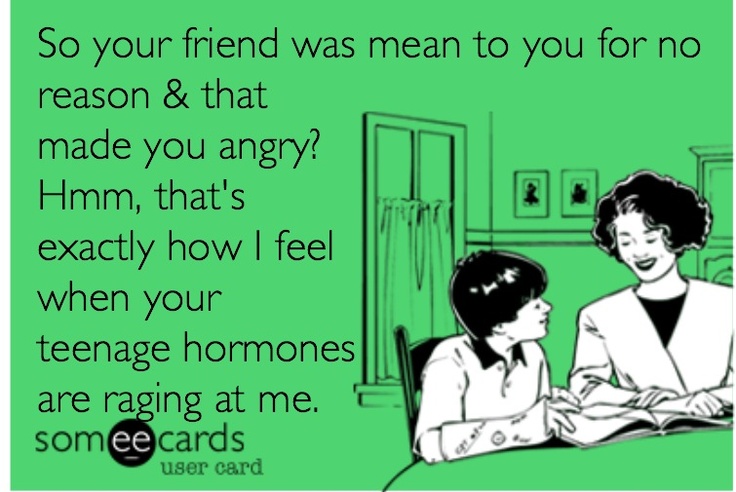
In addition, take your baby to a doctor immediately if they’ve been vomiting for 12 hours or longer. Babies and children can dehydrate quickly from too much vomiting.
Also call your baby’s pediatrician if your baby can’t hold anything down and has signs and symptoms of being unwell. These include:
- constant crying
- pain or discomfort
- refusal to feed or drink water
- diaper that hasn’t been wet for 6 hours or longer
- diarrhea
- dry lips and mouth
- crying without tears
- extra sleepiness
- floppiness
- vomiting blood or fluid with black flecks (“coffee grounds”)
- lack of smile or response
- vomiting green fluid
- bloated tummy
- blood in bowel movements
You won’t usually have any control over when or how much your baby vomits. When it happens on occasion, repeat this mantra to help you cope: “Healthy babies sometimes vomit.”
However, if your baby often vomits (or spits up) after feeding, you may be able to take some preventative steps.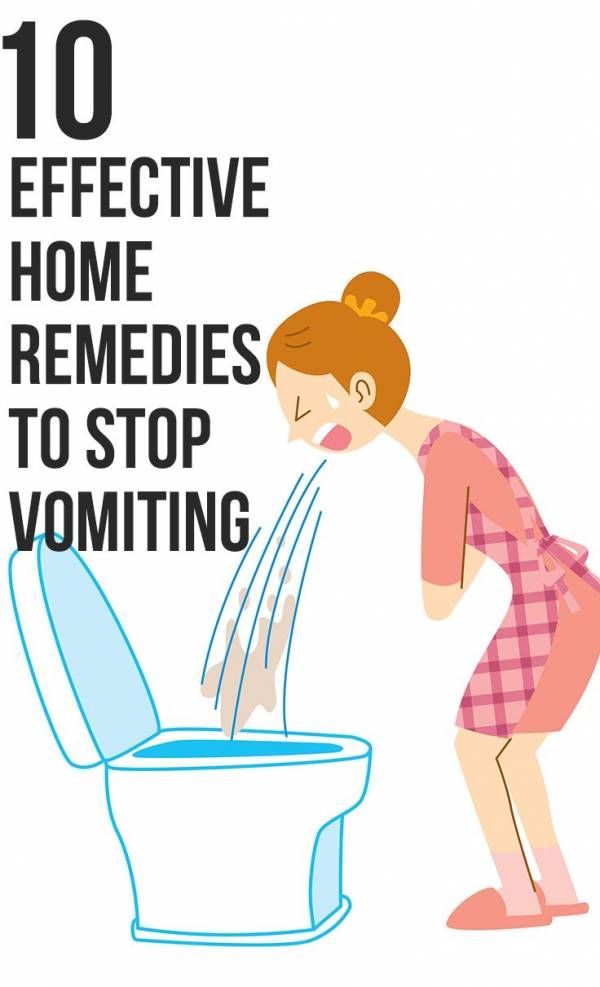 Try these tips:
Try these tips:
- avoid overfeeding
- give your baby smaller, more frequent feeds
- burp your baby often between feeds and after feeds
- prop up your baby so they’re upright for at least 30 minutes after feeding (but don’t prop your baby up for sleep or use anything to position them in their crib or elevate their mattress)
If your baby has a tummy bug and is old enough to eat solid foods, avoid feeding solids for about 24 hours. A liquid diet can help the stomach settle after a bout of vomiting.
Vomiting and spit-up are common in healthy babies. In most cases, you can milk feed shortly after your baby vomits. This helps to prevent your baby from getting dehydrated.
In some cases it’s best to wait a little while before trying to feed your baby again. If you’re giving your child medication like pain and fever relievers, wait a bit so the meds don’t come back up.
If your baby is vomiting a lot or seems otherwise unwell, call your pediatrician immediately. If you’re unsure if your baby’s vomiting or spit-up is cause for concern, it’s always best to check with your doctor.
If you’re unsure if your baby’s vomiting or spit-up is cause for concern, it’s always best to check with your doctor.
Vomiting (0-12 Months)
Is this your child's symptom?
- Vomiting (throwing up) stomach contents
- Other names for vomiting are puking, barfing and heaving
Causes of Vomiting
- Viral Gastritis. Stomach infection from a stomach virus is the most common cause. Also called stomach flu. A common cause is the Rotavirus. The illness starts with vomiting. Watery loose stools may follow within 12-24 hours.
- Food Allergy. Vomiting can be the only symptom of a food reaction. The vomiting comes on quickly after eating the food. Uncommon in infants, but main foods are eggs and peanut butter.
- Coughing. Hard coughing can also cause your child to throw up. This is more common in children with reflux.
- Serious Causes. Vomiting alone should stop within about 24 hours.
 If it lasts over 24 hours, you must think about more serious causes. An example is a kidney infection. A serious cause in young babies is pyloric stenosis. See below for more on this.
If it lasts over 24 hours, you must think about more serious causes. An example is a kidney infection. A serious cause in young babies is pyloric stenosis. See below for more on this.
Pyloric Stenosis (Serious Cause)
- The most common cause of true vomiting in young babies.
- Onset of vomiting is age 2 weeks to 2 months
- Vomiting is forceful. It becomes projectile and shoots out.
- Right after vomiting, the baby is hungry and wants to feed. ("hungry vomiter")
- Cause: The pylorus is the channel between the stomach and the gut. In these babies, it becomes narrow and tight.
- Risk: Weight loss or dehydration
- Treatment: Cured by surgery.
Vomiting Scale
- Mild: 1 - 2 times/day
- Moderate: 3 - 7 times/day
- Severe: Vomits everything, nearly everything or 8 or more times/day
- Severity relates even more to how long the vomiting goes on for.
 At the start of the illness, it's common for a child to vomit everything. This can last for 3 or 4 hours. Children then often become stable and change to mild vomiting.
At the start of the illness, it's common for a child to vomit everything. This can last for 3 or 4 hours. Children then often become stable and change to mild vomiting. - The main risk of vomiting is dehydration. Dehydration means the body has lost too much fluid.
- The younger the child, the greater the risk for dehydration.
Dehydration: How to Tell
- The main risk of vomiting is dehydration. Dehydration means the body has lost too much water.
- Vomiting with watery diarrhea is the most common cause of dehydration.
- Dehydration is a reason to see a doctor right away.
- Your child may have dehydration if not drinking much fluid and:
- The urine is dark yellow and has not passed any in over 8 hours.
- Inside of the mouth and tongue are very dry.
- No tears if your child cries.
- Slow blood refill test: Longer than 2 seconds. First, press on the thumbnail and make it pale. Then let go. Count the seconds it takes for the nail to turn pink again.
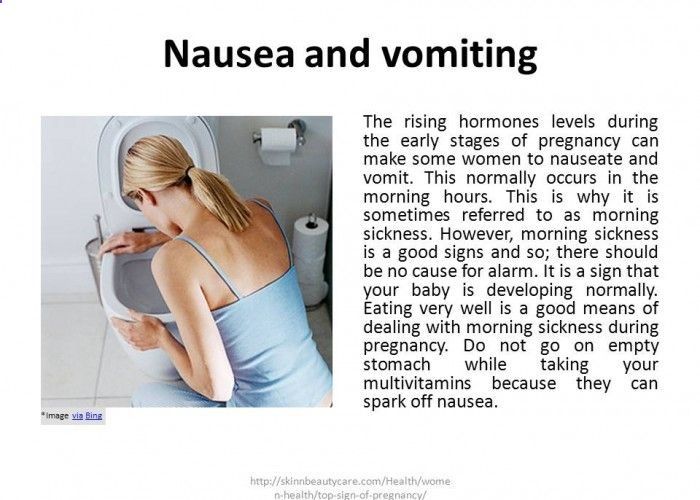 Ask your doctor to teach you how to do this test.
Ask your doctor to teach you how to do this test.
When to Call for Vomiting (0-12 Months)
Call 911 Now
- Can't wake up
- Not moving
- You think your child has a life-threatening emergency
Call Doctor or Seek Care Now
- Dehydration suspected. No urine in over 8 hours, dark urine, very dry mouth and no tears.
- Stomach pain when not vomiting. Exception: stomach pain or crying just before vomiting is quite common.
- Age less than 12 weeks old with vomiting 2 or more times. Exception: normal spitting up.
- Vomited 3 or more times and also has diarrhea
- Severe vomiting (vomits everything) more than 8 hours while getting Pedialyte (or breastmilk)
- Head injury within the last 24 hours
- Weak immune system. Examples are sickle cell disease, HIV, cancer, organ transplant, taking oral steroids.
- Vomiting a prescription medicine
- Fever over 104° F (40° C)
- Fever in baby less than 12 weeks old.
 Caution: Do NOT give your baby any fever medicine before being seen.
Caution: Do NOT give your baby any fever medicine before being seen. - Your child looks or acts very sick
- You think your child needs to be seen, and the problem is urgent
Contact Doctor Within 24 Hours
- All other infants (age less than 1 year) with vomiting. See Care Advice while waiting to discuss with doctor.
Seattle Children's Urgent Care Locations
If your child’s illness or injury is life-threatening, call 911.
- Bellevue
- Everett
- Federal Way
- Seattle
Care Advice for Vomiting
- What You Should Know About Vomiting:
- Most vomiting is caused by a viral infection of the stomach.
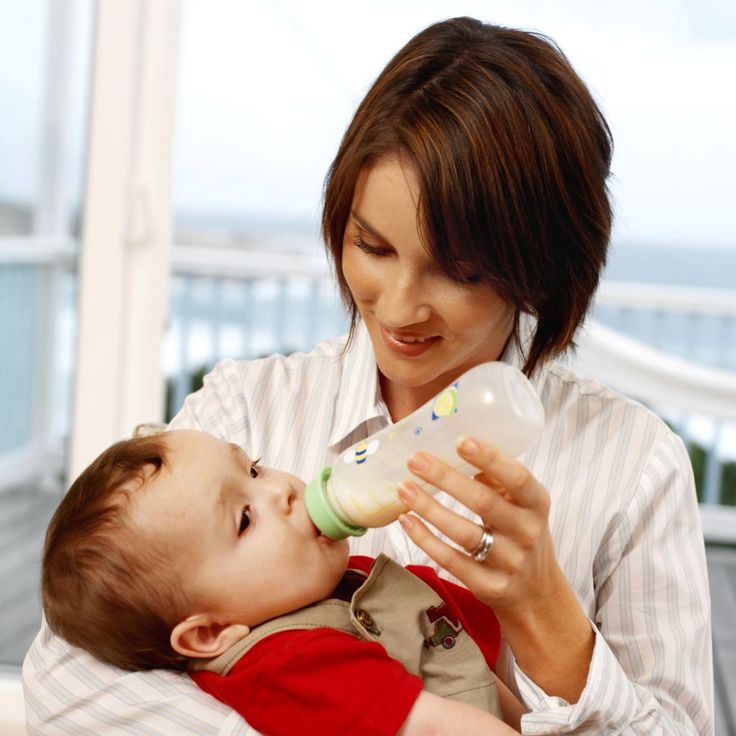
- Vomiting is the body's way of protecting the lower gut.
- The good news is that stomach illnesses last only a short time.
- The main risk of vomiting is dehydration. Dehydration means the body has lost too much fluid.
- Here is some care advice that should help.
- Most vomiting is caused by a viral infection of the stomach.
- Formula Fed Babies - May Give Oral Rehydration Solution (ORS) for 8 Hours:
- If vomits once, give half the regular amount of formula every 1 to 2 hours.
- If vomits formula more than once, offer ORS for 8 hours. If you don't have ORS, use formula until you can get some.
- ORS is a special fluid that can help your child stay hydrated. You can use Pedialyte or the store brand of ORS. It can be bought in food stores or drug stores.
- Spoon or syringe feed small amounts. Give 1-2 teaspoons (5-10 mL) every 5 minutes.
- After 4 hours without throwing up, double the amount.
- Return to Formula. After 8 hours without throwing up, go back to regular formula.

- Breastfed Babies - Reduce the Amount Per Feeding:
- If vomits once, nurse half the regular time every 1 to 2 hours.
- If vomits more than once, nurse for 5 minutes every 30 to 60 minutes. After 4 hours without throwing up, return to regular nursing.
- If continues to vomit, switch to pumped breastmilk. (ORS is rarely needed in breastfed babies. It can be used if vomiting becomes worse).
- Spoon or syringe feed small amounts of pumped milk. Give 1-2 teaspoons (5-10 mL) every 5 minutes.
- After 4 hours without throwing up, return to regular feeding at the breast. Start with small feedings of 5 minutes every 30 minutes. As your baby keeps down the smaller amounts, slowly give more.
- Pumped Breastmilk Bottle-Fed Infants - Reduce the Amount per Feeding:
- If vomits once and bottle-feeding breastmilk, give half the regular amount every 1-2 hours.
- If vomits more than once within last 2 hours, give 1 ounce (30 mL) every 30 to 60 minutes.

- If continues to vomit, give 1-2 teaspoons (5-10 mL) every 5 minutes. Only if not tolerating breastmilk, switch to ORS (e.g., Pedialyte) for every 5 minutes for a few hours.
- After 4 hours without vomiting, return to regular feedings. Start with 1 ounce (30 mL) every 30 minutes and slowly increase as tolerated.
- Stop All Solid Foods:
- Avoid all solid foods and baby foods in kids who are vomiting.
- After 8 hours without throwing up, gradually add them back.
- If on solid foods, start with starchy foods that are easy to digest. Examples are cereals, crackers and bread.
- Do Not Give Medicines:
- Stop using any drug that is over-the-counter for 8 hours. Reason: Some of these can make vomiting worse.
- Fever. Mild fevers don't need to be treated with any drugs. For higher fevers, you can use an acetaminophen suppository (such as FeverAll). This is a form of the drug you put in the rectum (bottom).
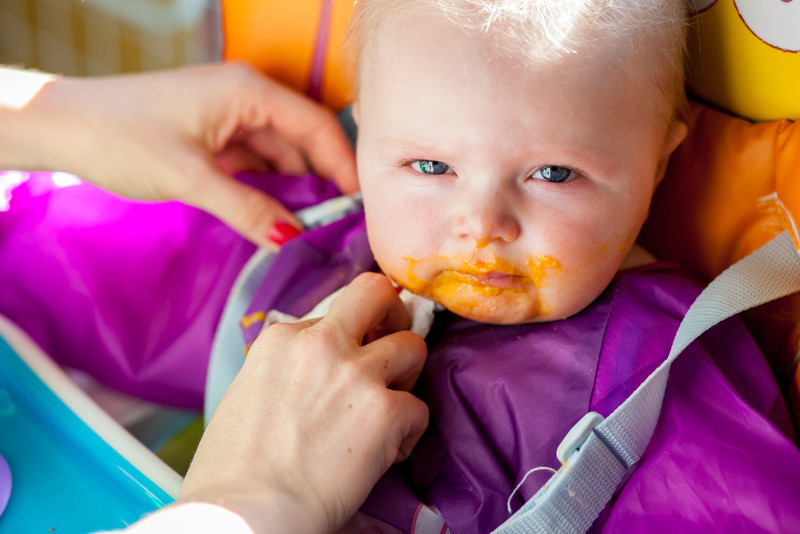 Ask a pharmacist for help finding this product. Do not use ibuprofen. It can upset the stomach.
Ask a pharmacist for help finding this product. Do not use ibuprofen. It can upset the stomach. - Call your doctor if: Your child vomits a drug ordered by your doctor.
- Try to Sleep:
- Help your child go to sleep for a few hours.
- Reason: Sleep often empties the stomach and removes the need to vomit.
- Your child doesn't have to drink anything if his stomach feels upset and he doesn't have any diarrhea.
- Return to Child Care:
- Your child can return to child care after the vomiting and fever are gone.
- What to Expect:
- For the first 3 or 4 hours, your child may vomit everything. Then the stomach settles down.
- Vomiting from a viral illness often stops in 12 to 24 hours.
- Mild vomiting and nausea may last up to 3 days.
- Call Your Doctor If:
- Vomits clear fluids for more than 8 hours
- Vomiting lasts more than 24 hours
- Blood or bile (green color) in the vomit
- Stomach ache present when not vomiting
- Dehydration suspected (no urine in over 8 hours, dark urine, very dry mouth, and no tears)
- You think your child needs to be seen
- Your child becomes worse
And remember, contact your doctor if your child develops any of the 'Call Your Doctor' symptoms.
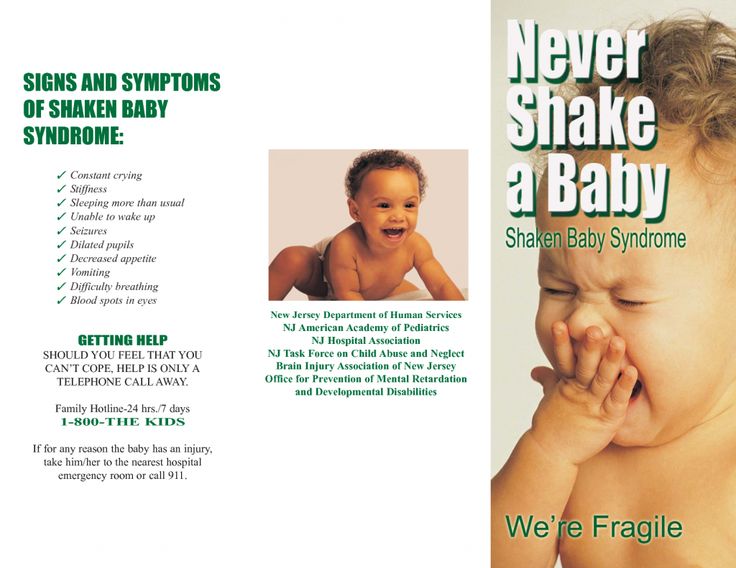
Disclaimer: this health information is for educational purposes only. You, the reader, assume full responsibility for how you choose to use it.
Last Reviewed: 11/15/2022
Last Revised: 09/21/2022
Copyright 2000-2022 Schmitt Pediatric Guidelines LLC.
How to feed a child with vomiting: principles of gentle nutrition
During and after a child's vomiting, parents should review the diet. This condition disrupts the electrolyte balance, microflora, and causes dehydration. The body does not take food well - the rich taste and smell of the dish can provoke nausea, in addition, appetite often decreases. What to feed the baby?
Contents [ show ]
- Why children vomit
- What to do after vomiting and how to feed the child?
- Sample daily menu for a child older than one year
- What foods not to eat when vomiting
- Tips for parents when a baby vomits
- Drinking regimen for vomiting
Why children vomit
The following problems can provoke vomiting06 disease;

Vomiting accompanies diseases more serious than ordinary food poisoning: appendicitis, helminthiasis, kidney failure, intestinal obstruction. But in this case it is combined with other characteristic symptoms.
In addition, vomiting is a natural human reaction to feeding against will. Don't be surprised if you run into her when you try to feed your baby when he doesn't want to. This is not a whim of a child. So his body reacts to the excess portion size. Another situation in which vomiting can begin is exposure to a new, most often exotic food with an unusual smell, taste or texture.
What to do after vomiting and what to feed the baby?
In case of poisoning, the digestive organs begin to suffer. The mucous membranes become inflamed, nausea and diarrhea occur. The body loses a huge amount of water, dehydration occurs, which can lead to serious consequences.
First of all, you need to compensate for the lack of liquid - give weak, slightly sweet black tea, you can also green, dried fruit compotes, pharmacy (for example, Regidron) or a salt solution prepared by yourself.
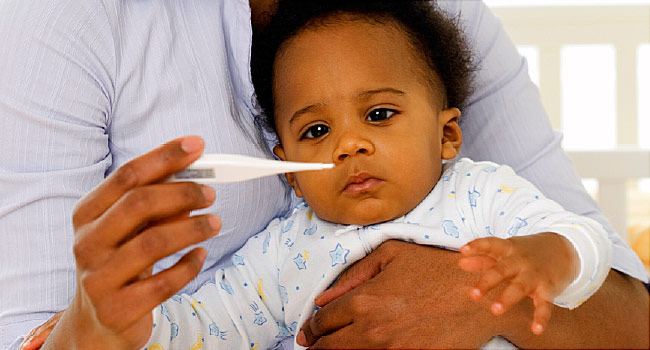
For newborns, follow the following feeding schedule :
- When breastfeeding: before the condition returns to normal, do not breastfeed the baby for at least 3-6 hours - this may provoke a new attack of vomiting. Drinking is allowed. When the vomiting has passed, you can return to the usual feeding pattern.
- When formula-feeding: with the approval of a pediatrician, stop feeding, give the newborn only water. When the condition normalizes, start offering the mixture at first in small portions, gradually returning to the usual ones.
If complementary foods have already been introduced, on the first day after vomiting, offer:
- first courses: chicken broth, rice soup, soups with broccoli or homemade noodles;
- biscuits;
- boiled round rice porridge (mucilaginous).
A day after the baby has been poisoned, second courses can also be included in the diet. Buckwheat or rice porridge will do.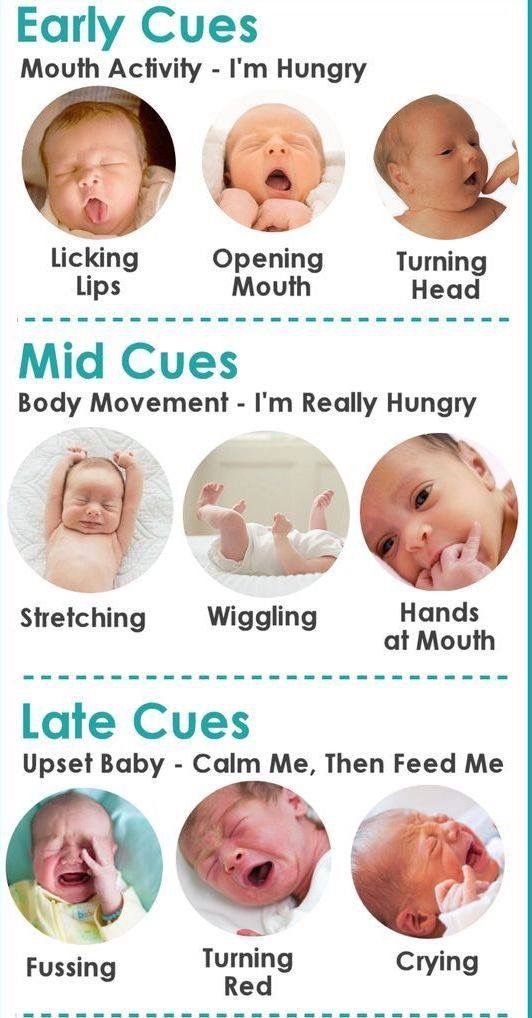 Cook them with water, formula, breast or cow's milk diluted with water.
Cook them with water, formula, breast or cow's milk diluted with water.
Gradually, as with the introduction of complementary foods, return to the menu the dishes familiar to the child in accordance with his age - meat soufflé, vegetable / fruit puree, fish, cottage cheese, eggs.
Older children (from 8-12 months) can include in the diet not very fatty fish, lean broth with chicken, boiled rice, and a baked apple will not harm. Introduce fruits later - they contain acids that can irritate the stomach lining already damaged by vomiting. Bananas, pears and apples are suitable, preferably boiled or baked, wait a while with sour berries and fruits.
Sample daily menu for a child older than one year old
If the child has already become familiar with the main complementary foods and almost switched to a common table, after vomiting, you can make the following menu for the day:
2. Oatmeal, buckwheat or rice porridge
3.
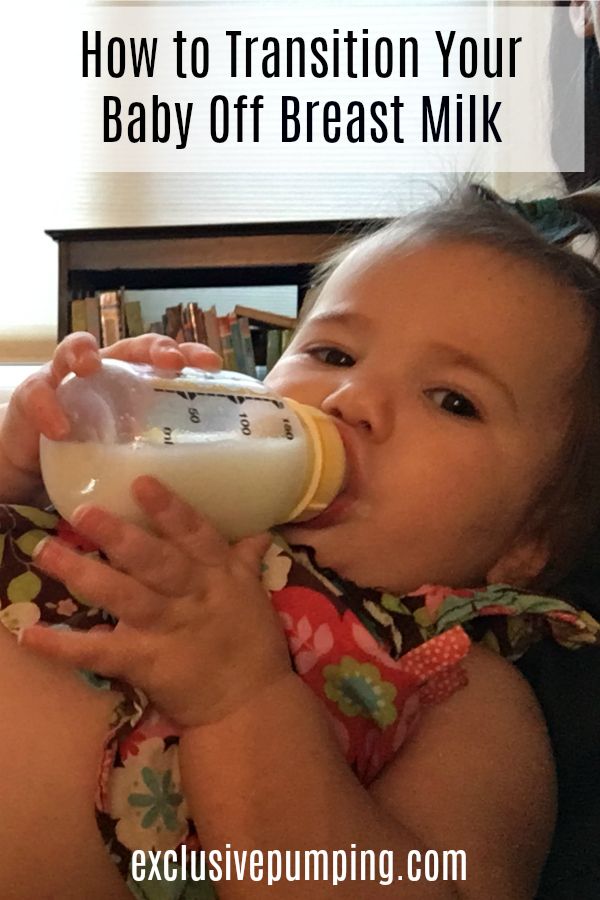 Sweet tea with cookies
Sweet tea with cookies Lunch
2. Cooks prepared from white bread
222 9,
What foods not to eat when vomiting
The baby's diet during the recovery period after poisoning is not very diverse. Contraindicated:
- barley, barley, millet groats and all legumes;
- pasta;
- fatty meats, smoked meats, lard;
- raw vegetables (high in fibre) and berries and fruits, except baked apples, bananas and pears;
- biscuits, cakes, soft white bread;
- candy, chocolate;
- fast food, carbonated drinks, chips.
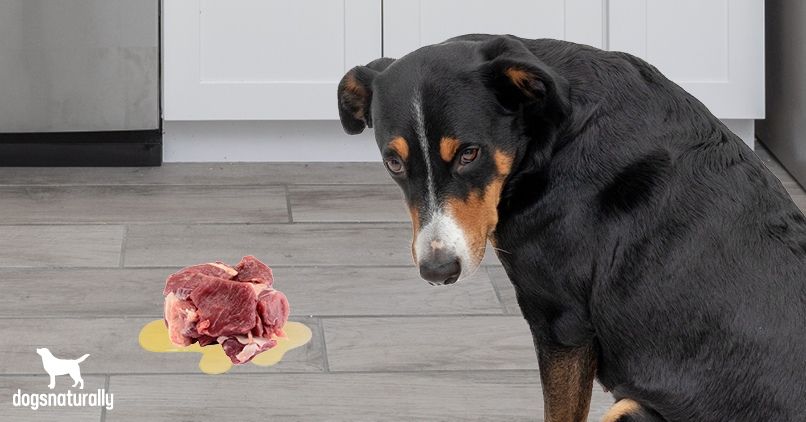
With a therapeutic diet, the child will receive all the important nutrients, relieve the gastrointestinal tract as much as possible. In addition, the correct diet after suffering vomiting contributes to the speedy recovery of the body.
Tips for parents in case of vomiting in a baby
By following simple rules, you will alleviate the child's condition and speed up recovery:
- Appetite can normalize after 3-5 days. At this time, the baby should be fed often, but in small portions. Breaks between meals - no more than 2-3 hours. This mode improves the regulation of the functions of the liver, pancreas, improves intestinal motility.
- It is important to reduce portions, especially on the first day, when all energy reserves are aimed at cleansing the body of toxins.
- Foods are best cooked, stewed, steamed, baked in the oven. Eliminate spices, marinades and sauces.
- Puree or grind food. In this embodiment, it is absorbed faster, which reduces the risk of a new attack of vomiting.
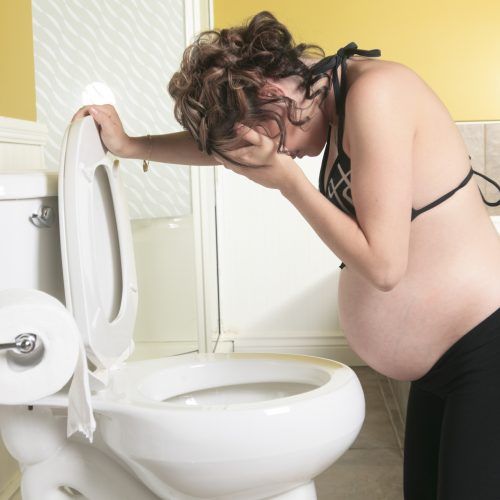
- No hot or cold food should be given, it should be warm.
- When dehydrated, it is important to drink more - often, but in small portions, literally in a sip.
- Separate power supply. When forming the menu, do not mix different products. Some of them are incompatible, they can be poorly absorbed if they are not combined correctly.
- Do not force feed. Even a 2-3-day sparing regimen, during which the child will eat at a minimum, will not cause health problems - curative fasting is practiced by official medicine.
Refusal to eat during vomiting is a defensive reaction of the body. He throws all his strength into the fight against infection or toxins, so do not interfere with him, but help him with light food and drinking regimen.
Drinking regimen for vomiting
Drinking regimen is a necessary component of the diet when the child has been poisoned . The body spends a huge amount of water during diarrhea and vomiting.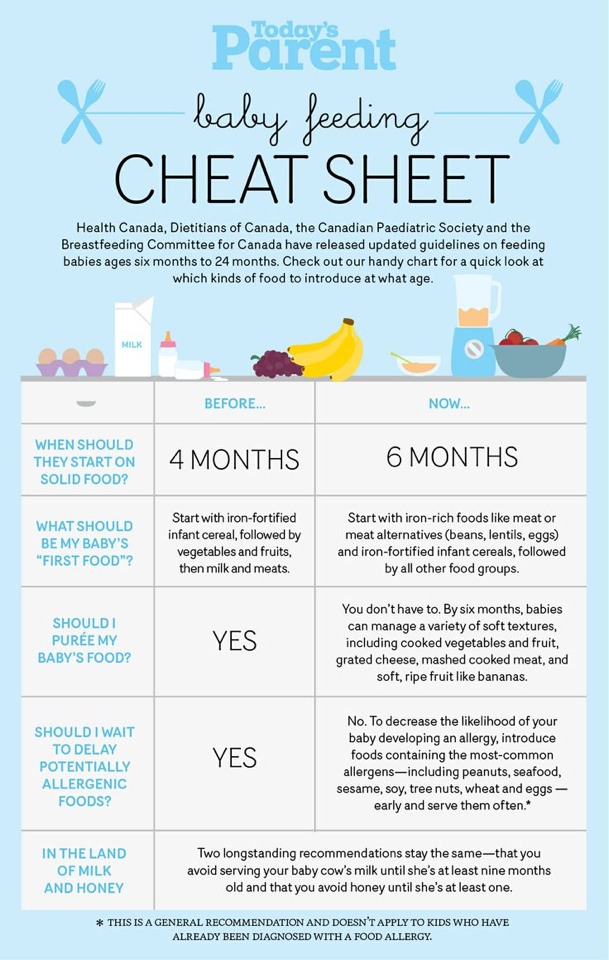 You can compensate for the loss by drinking plenty of water.
You can compensate for the loss by drinking plenty of water.
It is ideal to drink 1-2 tablespoons of water every 10 minutes. It can be water, saline (ideally), but if the child agrees to drink, for example, only dried fruit compote, let him drink - it is important to make up for the loss of fluid at any cost.
Permitted drinking:
- still mineral water;
- weak, slightly sweet black/green tea;
- dried fruit compote, raisin decoction;
- ordinary purified or boiled water.
Do not drink freshly squeezed or store-bought juices, strong tea, carbonated drinks.
Be sure to consult a doctor! In case of severe vomiting and the inability to drink the baby, intravenous solutions are used to replenish fluid losses.
Gentle. Nutrition of children after food poisoning. What to feed a child after food poisoning and vomiting
Unfortunately, food poisoning in young children is not uncommon. In addition to treatment, in such cases, the doctor will recommend special nutrition that will help the baby's body replenish the loss of vital substances and recover faster after illness.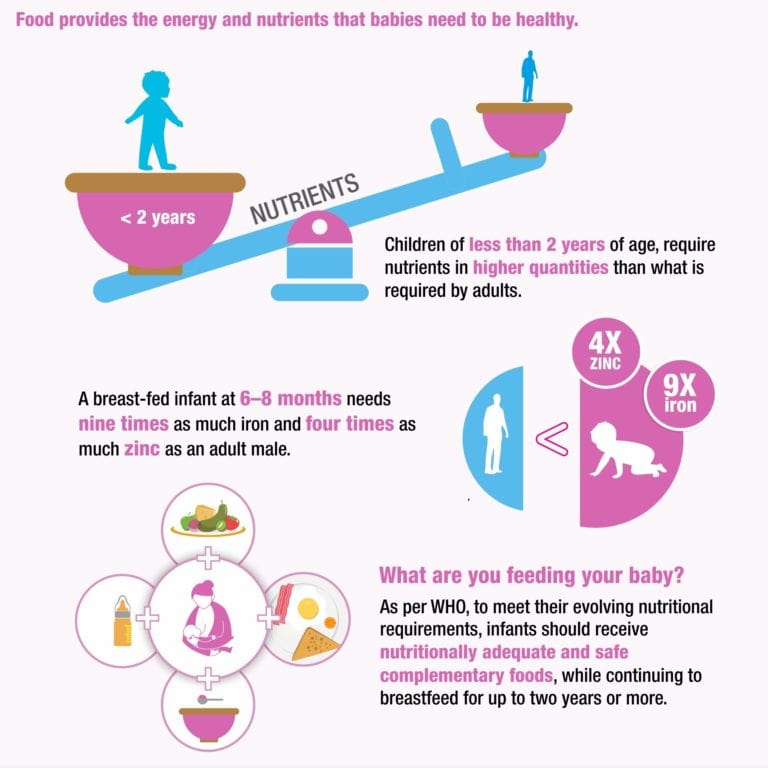
Food poisoning can be conditionally divided into two groups: poisoning itself and food poisoning.
Food poisoning is a disease that occurs after eating poisonous or toxic substances. This includes poisoning by mushrooms, poisonous berries and seeds. You can also get poisoned by chemicals: they can get into food by negligence. More often than not, we encounter food poisoning.
Food poisoning (FTI) is an acute, non-contagious disease that results from the consumption of foods containing certain types of microorganisms and their toxins. This disease occurs only in connection with the consumption of foods richly contaminated with toxins and / or living cells of a specific pathogen. It usually has the character of a group disease, characterized by a short incubation period (the length of time from the moment the microbial agent enters the body to the onset of symptoms of the disease) and an acute, short course. Most often, the causative agent of PTI is salmonella and opportunistic flora (bacteria, fungi, viruses, protozoa, quite widespread in the environment, and also living in the intestines of healthy people). Normally, they do not have a negative effect on a healthy body, but begin to actively multiply and harm their owner when normal conditions are violated - for example, when local immunity is reduced. Their ability to cause infectious diseases of the body contributes to the tendency to colonization, the rapid acquisition of resistance to adverse factors, including antimicrobial drugs. Under the influence of various external and intra-environmental factors, opportunistic bacteria quickly change their biological properties and turn into pathogenic (capable of causing infectious diseases).
Normally, they do not have a negative effect on a healthy body, but begin to actively multiply and harm their owner when normal conditions are violated - for example, when local immunity is reduced. Their ability to cause infectious diseases of the body contributes to the tendency to colonization, the rapid acquisition of resistance to adverse factors, including antimicrobial drugs. Under the influence of various external and intra-environmental factors, opportunistic bacteria quickly change their biological properties and turn into pathogenic (capable of causing infectious diseases).
Signs of poisoning
You can determine that a child has been poisoned by the following signs: the baby's health worsens - he becomes weak, capricious, lethargic, complains of pain in the abdomen, tightens his legs; further nausea, vomiting appear. In the case of food poisoning, following vomiting, the temperature may rise and diarrhea may begin. The development of symptoms, the severity of the disease and the tactics of treatment are completely dependent on which pathogen has entered the body.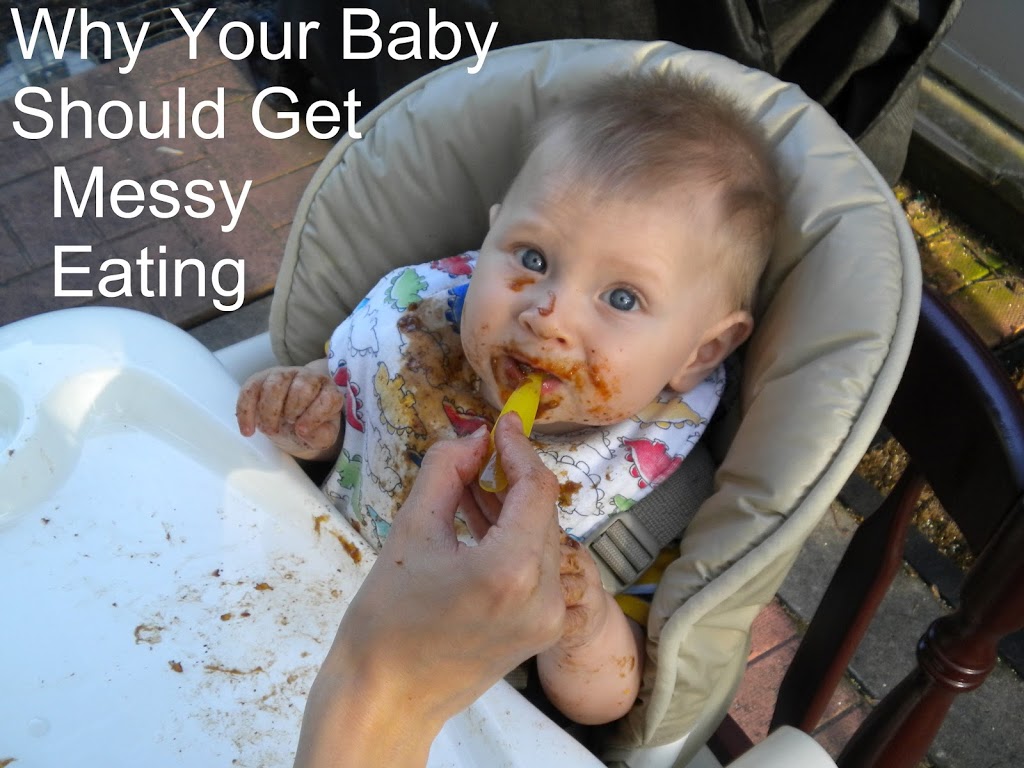
In the case of food poisoning, a child may develop a serious condition due to dehydration - a large loss of fluid with feces and vomit. Children who, after gastric lavage, continue to experience nausea, vomiting, stool disorders, there are signs of dehydration and mild or moderate intoxication, are prescribed oral rehydration (rehydration - replenishment of lost fluid) and detoxification (aimed at removing toxins from the body - for example, taking enterosorbents) therapy , which is currently recommended before hospitalization.
Replenishing fluid loss
The principles of dietary planning should take into account the manifestations of the disease - which dominates: vomiting (acute gastritis), diarrhea (enteritis) or gastroenteritis (vomiting and diarrhea). And most importantly, any formulated diet should have a sparing effect on the inflamed mucous membrane of the gastrointestinal tract. Drinking mode. Due to high temperature and significant fluid loss, the water-salt balance is disturbed, blood thickens, intoxication increases - a painful state of the body due to the action of harmful or toxic substances on it, coming from outside or produced in the body itself. Therefore, it is necessary first of all to provide the child with a plentiful drinking regimen.
Therefore, it is necessary first of all to provide the child with a plentiful drinking regimen.
For oral rehydration, water-salt solutions containing salt, soda, glucose, potassium are used. Pharmacies sell dry powders for the preparation of solutions - rehydron, citraglucosolan, etc. The contents of the packages are dissolved in 0.5 or 1 liter of warm boiled water. The child needs to drink the solution during the day, calculating the required amount of fluid from body weight indicators. So, a baby under 1 year old for every kilogram of body weight should be given 150-200 ml of liquid, older children - 120-170 ml. The amount of liquid calculated per hour is given to the child every 5-10 minutes in a teaspoon. It is not necessary to increase the dose, as a large amount of liquid can cause repeated vomiting. Water-salt solutions can be alternated with sweet tea, rosehip broth. In the acute period, the drink should be at room temperature.
The first thing you need to do is make sure your child is drinking plenty of fluids.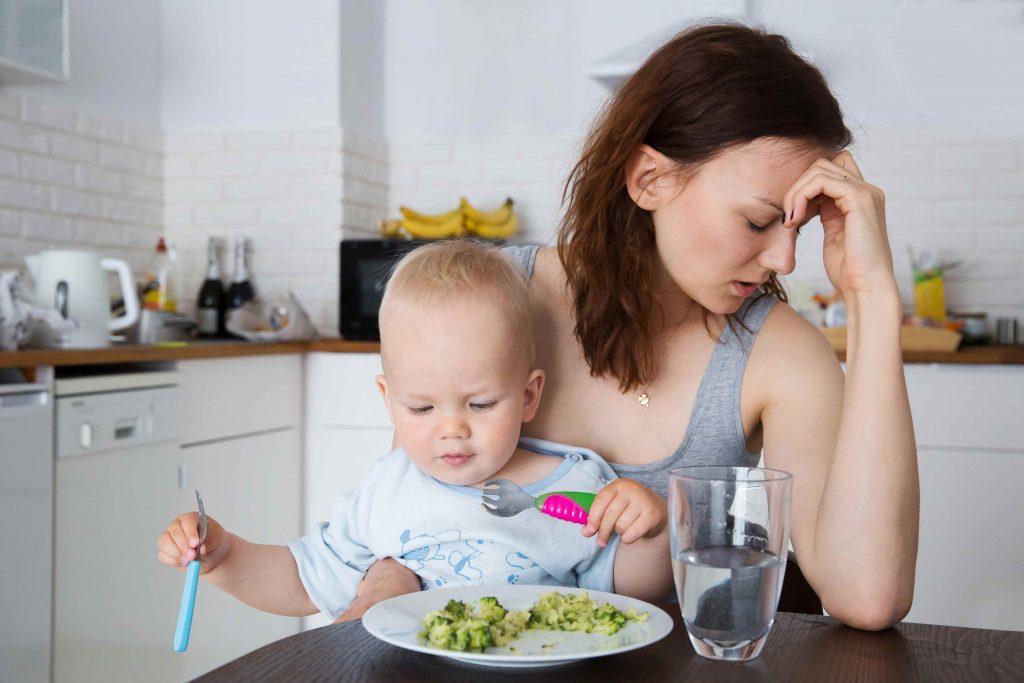
Rehydration is carried out until the child is no longer bothered by vomiting and frequent, debilitating diarrhea. If diarrhea remains against the background of an improvement in the condition, then after each liquid stool, it is recommended that the baby be given a drink at the rate of 10 ml / kg. It is not recommended to carry out the so-called water-tea break - the complete exclusion of food for a long time. As soon as the child stops tormenting vomiting, you can offer him food.
Principles of nutrition after poisoning
In the acute period of the disease, with high fever, nausea and vomiting, loss of appetite, a sparing diet is recommended for the baby, which ensures better absorption of food. To do this, all dishes are prepared and given in liquid or semi-liquid form, vegetables and cereals are boiled to a soft state and rubbed, meat of animals and birds, fish are prepared in the form of a soufflé. During this period, it is recommended to use canned meat and vegetables for baby food, as easily digestible fortified products with a delicate texture.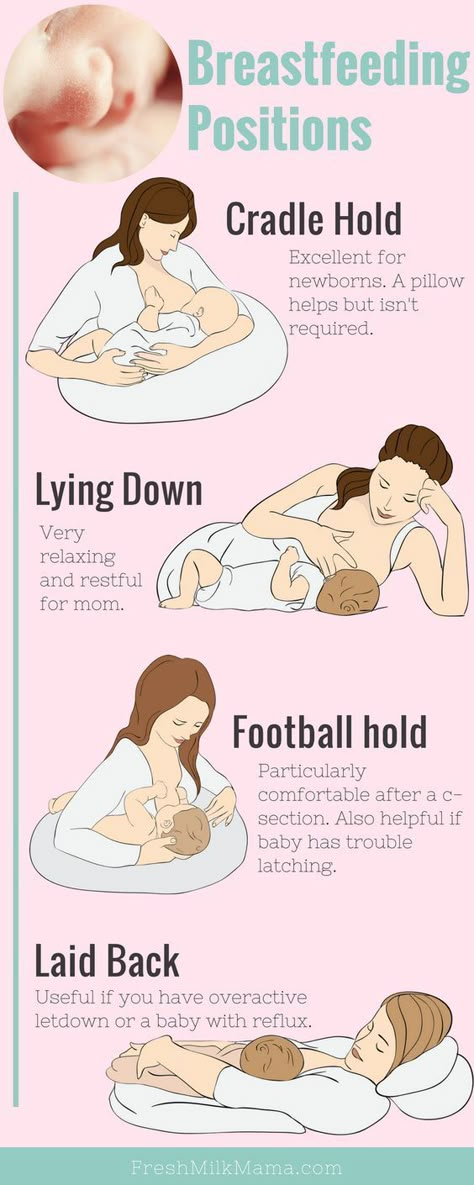
In the acute period in the presence of high temperature, poor health of the child, it is advisable to feed fractionally - up to 7 times a day, reducing the intervals between meals to 2-2.5 hours and reducing its amount for each meal. This will allow you to quickly restore the disturbed functions of the body.
With a sharp decrease in appetite in a child, do not be afraid of malnutrition. It is unacceptable to force-feed the baby, as this can cause nausea and vomiting. As mentioned earlier, all the missing volumes of food in the acute period of the disease must be replenished with liquid.
First aid for poisoning
If you know for sure that the child ate or drank an inedible or toxic substance, spoiled food, then the first thing to do is to wash the stomach of the affected baby. It is carried out drinking, and for young children - either special children's or boiled water at room temperature at the rate of: a child of 10 months - 1 year - 20 ml / kg, 2-6 years - 16 ml / kg, 7-14 years - 14 ml /kg.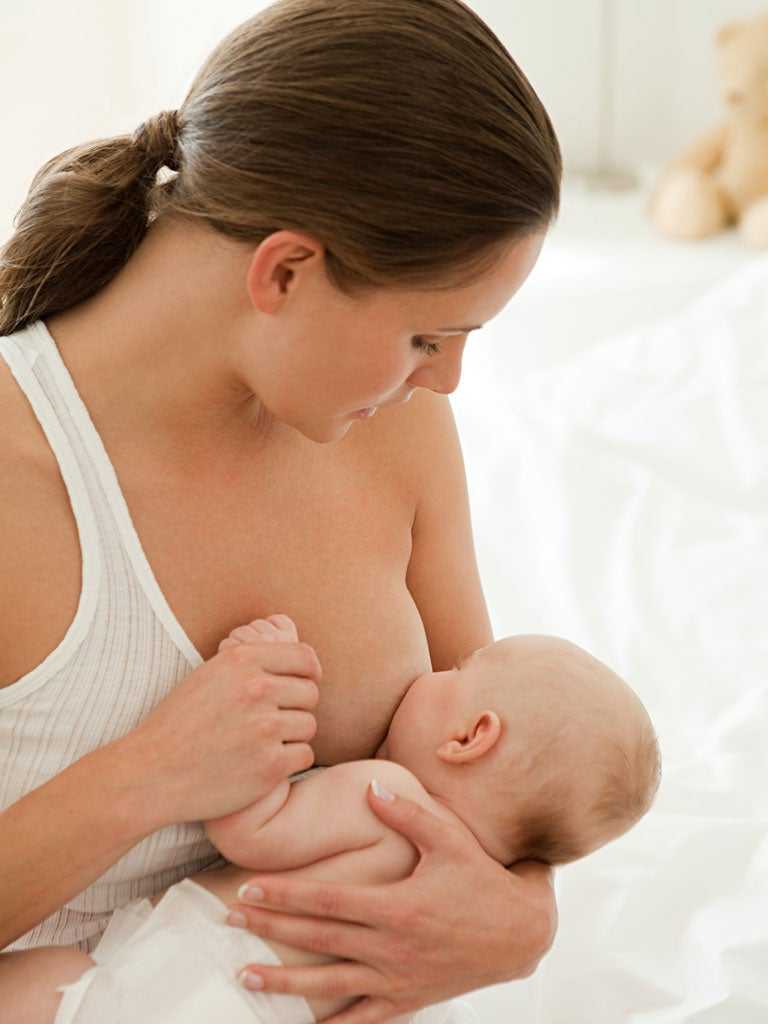 After the child has drunk the required amount of liquid, press on the root of the tongue to induce vomiting. After washing the child's stomach, it is necessary to make the child drink sorbents: this is activated carbon or filtrum, enterosgel, etc.
After the child has drunk the required amount of liquid, press on the root of the tongue to induce vomiting. After washing the child's stomach, it is necessary to make the child drink sorbents: this is activated carbon or filtrum, enterosgel, etc. If the child refuses any offered food, do not force him to eat: this may provoke a new bout of vomiting. You should also not be led by a sick baby: he may want to eat "unhealthy" foods (chips, cola, etc.), the intake of which in a healthy person can cause a painful condition, and even the harm that these foods can cause to a weakened child's body, it is easy to imagine. It can be both inflammation of the pancreas and inflammation of the biliary tract, especially in conditions of damage to the gastrointestinal tract by toxins.
In the acute period of the disease, the body's need for vitamins and minerals increases sharply. Therefore, it is necessary to additionally prescribe vitamin preparations that contain, without fail, vitamins of groups B, C and A, which improve metabolic processes and increase the body's resistance.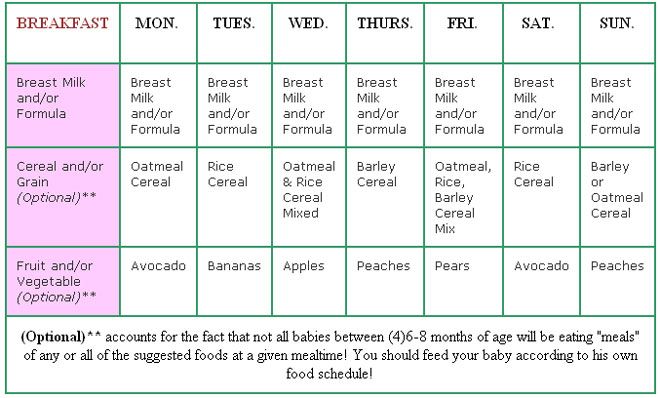 A recovering child (who has stopped vomiting) is prescribed children's vitamin preparations, since it is impossible to replenish the amount of missing and "lost" vitamins with food alone.
A recovering child (who has stopped vomiting) is prescribed children's vitamin preparations, since it is impossible to replenish the amount of missing and "lost" vitamins with food alone.
Menu features. When compiling a menu for a sick baby, you need to take care of a sufficient amount of animal protein in his diet. First of all, we are talking about milk protein, which has a lipotropic effect. This is important for improving the function of the liver, which suffers by neutralizing the toxic substances that accumulate in the body.
The amount of dietary fats in the diet of a sick child should not exceed the physiological norm (and in the first days of illness, their amount should be reduced by 10-20%), since in conditions of dehydration and a decrease in appetite, the production of enzymes that "digest" fats is disturbed, and they, in turn, act on the acid-base balance of the body, contributing to a shift to the acid side, thereby worsening the child's condition. All types of fats should be given to the baby only as part of ready-made meals and not offered in their pure form (for example, butter for a sandwich), as this will aggravate the decrease in appetite.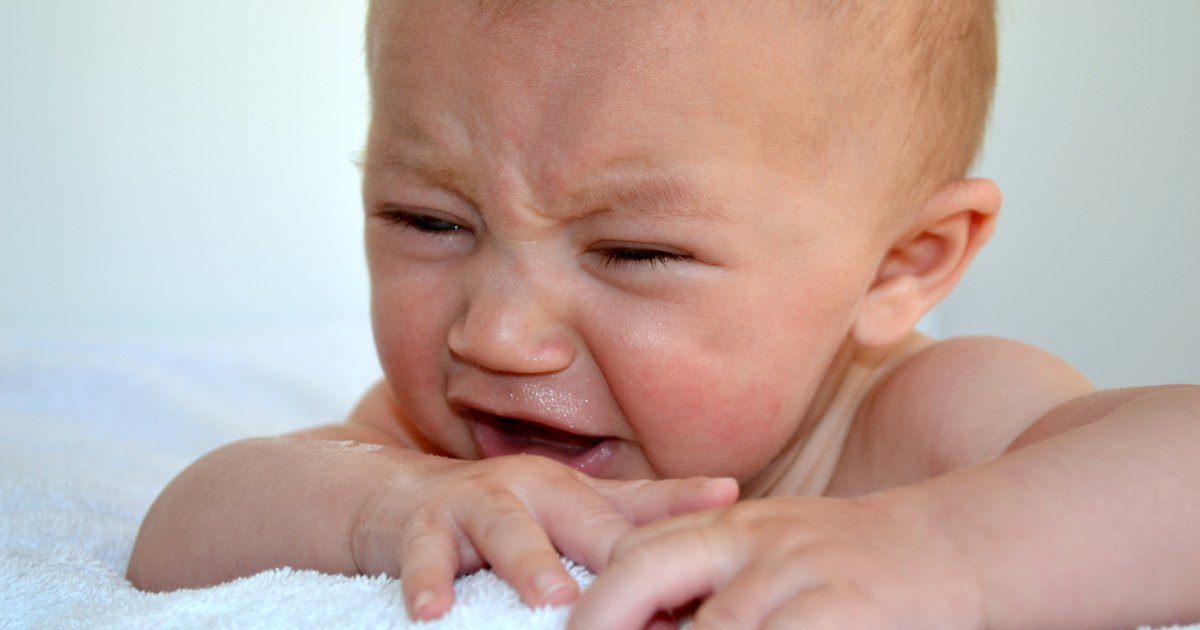
In the acute phase of illness, all meals are prepared and given in liquid or semi-liquid form.
The carbohydrate component of the diet should not be high, especially during the acute period of the disease, at high temperature, toxicosis, as they enhance the fermentation processes in the intestine.
As the child's condition improves, the temperature normalizes, and the effects of toxicosis are eliminated, his diet should gradually expand, approaching the physiological one.
Nutrition in case of food poisoning depends entirely on which part of the digestive tract has been affected by the infectious/toxic agent and, therefore, how pronounced inflammatory changes and impaired functions are in it.
Nutrition for vomiting and pain in the stomach. If the child is concerned only with pain in the epigastric region and vomiting, the therapeutic diet is built on the principles of diet therapy for acute gastritis. In the presence of frequent vomiting, you can skip one, maximum two meals.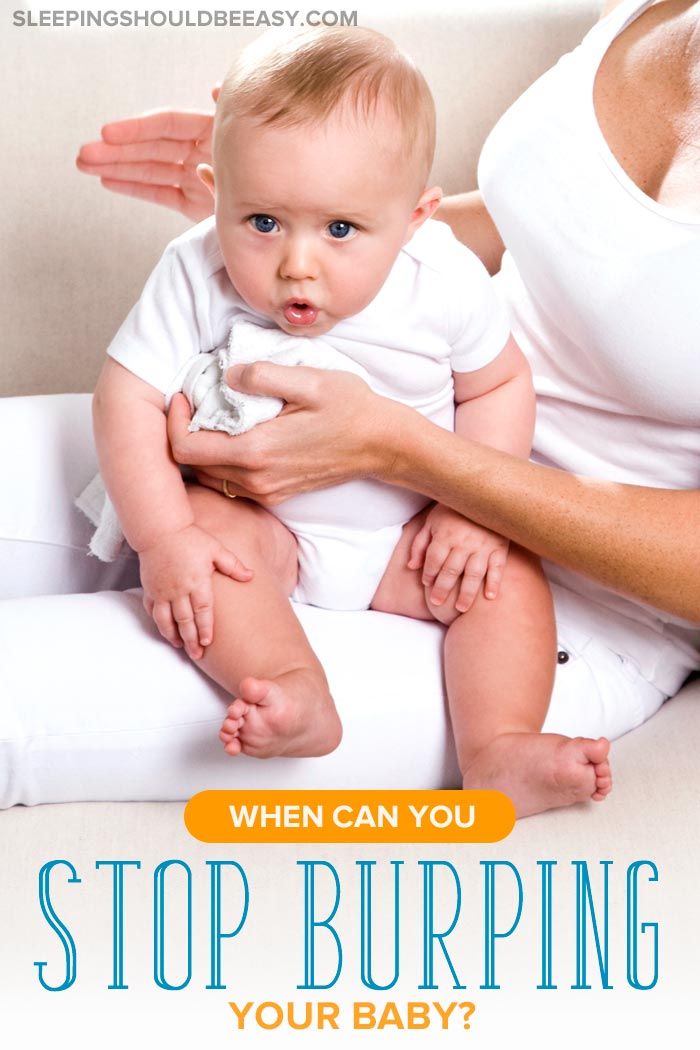 Oral rehydration should be carried out with special solutions. Then it is necessary to switch to fractional nutrition with a decrease in the daily volume of food by 40-50%, while continuing oral rehydration. Starting from the 2nd day, the volume of food increases by 10-15% daily with lengthening the intervals between feedings. The daily volume of food should be brought to the physiological norm no later than 3-5 days from the start of treatment.
Oral rehydration should be carried out with special solutions. Then it is necessary to switch to fractional nutrition with a decrease in the daily volume of food by 40-50%, while continuing oral rehydration. Starting from the 2nd day, the volume of food increases by 10-15% daily with lengthening the intervals between feedings. The daily volume of food should be brought to the physiological norm no later than 3-5 days from the start of treatment.
Breast milk is the optimal product for diet therapy of children under 1 year of age. Children of the second half of life, who had previously been introduced to the menu of complementary foods after the indicated pause, are first introduced into the diet with half milk cereals (rice, buckwheat), after a few days, 10-20 g of baby cottage cheese are added to this complementary food, after another 1- 2 days - vegetable purees and then fruit juices. Older children, when their general condition improves, along with cereals, are allowed to introduce vegetable purees, 1/2 egg yolk, and then vegetable soups and meat complementary foods.
Nutrition for children older than 1 year old is built on the same principles, only a single amount of food is increased and foods allowed for this age are included in the diet faster. So, with frequent vomiting, it is recommended to unload in the diet: on the first day, it is advisable for the child to give kefir or any other fermented milk product, 100-200 ml (depending on age) every 3-3.5 hours. The next day, you can return to age-appropriate food.
Within 1-3 weeks after the illness, it is recommended to follow the principles of mechanical, chemical and thermal sparing. Mechanical sparing involves the following culinary processing: steaming dishes, boiling, the consistency of dishes - first liquid, semi-liquid, mushy, and then crushed and just a piece. Thermal sparing involves taking only warm food. And chemical sparing is the exclusion from the diet of foods that irritate the mucous membrane of the stomach and intestines. Such products include snacks, sauces, spices, black bread, raw vegetables and fruits, raw and boiled white cabbage, turnips, radishes, radishes, peas, beans, cucumbers, millet, pearl barley, freshly squeezed and sour juices.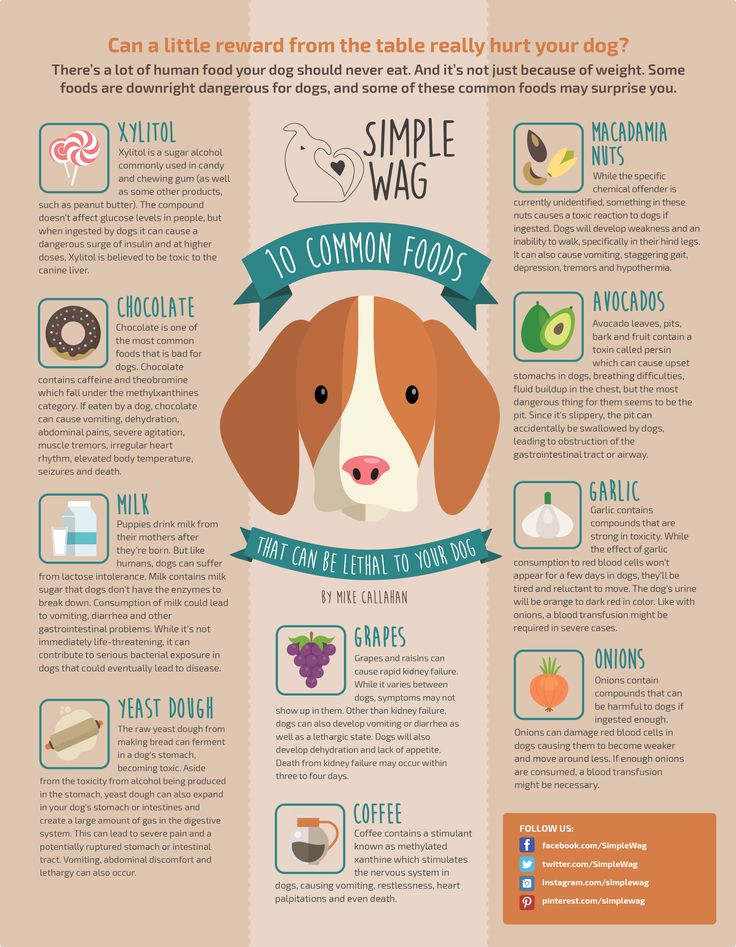
Nutrition for enteritis. If the manifestations of the disease were not limited to the upper gastrointestinal tract and the child began to be disturbed by diarrhea (enteritis), then when compiling the menu, the specifics of digestion in the small intestine should also be taken into account.
It is not recommended to use whole cow's milk in the acute period, as it enhances intestinal motility, fermentation processes, thereby leading to increased diarrhea. Dairy products are replaced with sour-milk drinks, while it must be remembered that one-day kefir has a laxative effect, the rest have a fixing effect, sour-milk sourdough helps the intestinal microflora to cope with harmful agents. Porridges are prepared either with half milk or water. Vegetables and fruits rich in fiber that cause flatulence are excluded from the diet: beets, radishes, turnips, radishes, cucumbers, legumes, oranges, tangerines, sauerkraut, plums, grapes, herbs, black bread. Refractory fats (fats of animals and birds) are excluded. Ghee and vegetable oil are recommended in dishes, in a small amount - one and a half times less than for a healthy child. The rules of sparing thermal, mechanical and chemical processing of products are observed: food must be mashed, chopped, warm and not contain irritating substances.
Ghee and vegetable oil are recommended in dishes, in a small amount - one and a half times less than for a healthy child. The rules of sparing thermal, mechanical and chemical processing of products are observed: food must be mashed, chopped, warm and not contain irritating substances.
Recipes
Meat souffle
- Meat - 60 g;
- wheat bread - 5 g;
- egg -1/4 pc.,
- butter - 1/2 teaspoon;
- broth - 1-2 tbsp. spoons.
Meat, cleaned of membranes and tendons, cut into pieces and stew in a small amount of water until half cooked. Then add wheat bread soaked in cold water, pass everything twice through a meat grinder with a fine mesh, add broth, egg and stir. Put this mass in a saucepan, greased with oil and sprinkled with breadcrumbs, and bake, covering the saucepan with a lid, in an oven in a water bath. Cooking time - 20-25 minutes.
Rice porridge mashed with half milk
- Rice — 1.5 tbsp.

.

